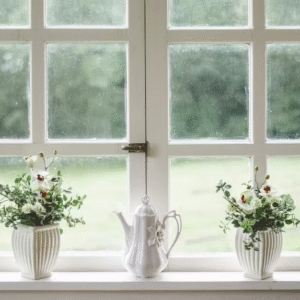Why Women’s Buttons Are on the Left: A Small Detail With a Big History
If you’ve ever shared a closet with your partner, you might have noticed a curious difference: women’s shirts button on the left, men’s on the right. It’s a tiny detail most people overlook, yet it carries centuries of history, social meaning, and tradition.
The Practical Origins
In the 18th and 19th centuries, clothing reflected social class. Wealthy women rarely dressed themselves. Instead, right-handed maids or attendants helped them get ready.
Placing buttons on the left made it easier for maids to fasten clothing while facing their mistress. Ironically, this design choice wasn’t for the wearer—it was for the helper. Over time, what began as practical necessity became tradition.
A Symbol of Status and Femininity
Having someone dress you signaled wealth and privilege. Left-sided buttons quietly became a mark of status.
During the Victorian era, the design also reinforced cultural ideas of femininity. Women were expected to appear graceful, refined, and dependent. The button placement subtly reinforced these ideals and distinguished women’s fashion from men’s practical attire.
Men’s Buttons: Function Over Fashion
Men’s buttons had different origins. Right-handed men often carried weapons on their left side during hunting or war. Buttons on the right allowed them to open coats quickly and draw a weapon with ease.
This design carried over from military uniforms into everyday clothing, creating a visual distinction between men’s and women’s fashion.
From Practicality to Tradition
Society changed. Women began dressing themselves. Men no longer carried swords. Yet, the button placement remained.
Designers preserved it as part of clothing heritage and gender identity. Today, it survives as a fashion convention rather than a necessity—a tiny detail linking modern wear to historical practices.
What It Means Today
Button placement may seem minor, but it reflects larger ideas:
-
How gender roles once shaped daily life.
-
How class differences dictated even small clothing details.
-
How tradition can outlast original purpose.
A Legacy Woven Into Fabric
Next time you fasten a shirt, notice the buttons. Each click connects you to centuries of history, from aristocratic maids to modern fashion houses. Women’s left-sided buttons aren’t just practical—they’re a reminder that culture, identity, and tradition are stitched into the very fabric of what we wear.





